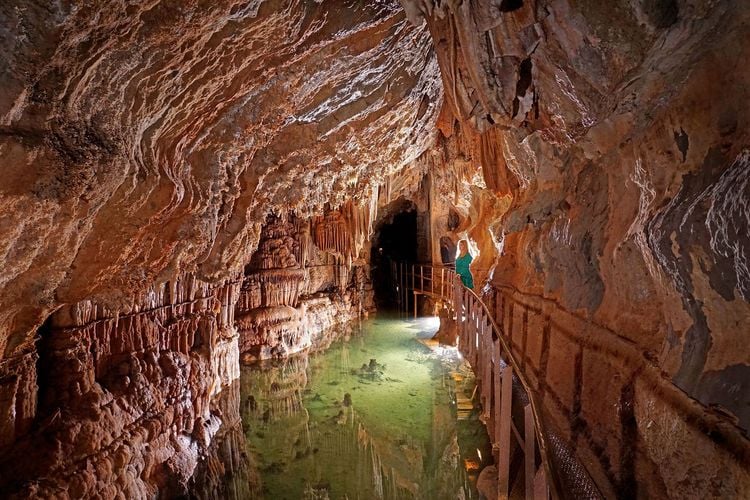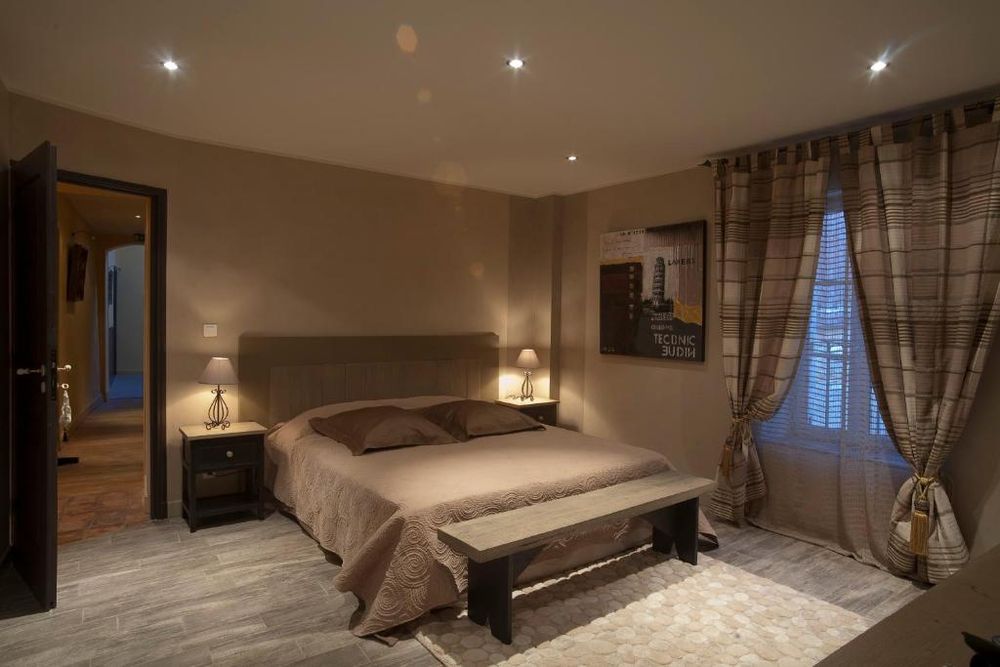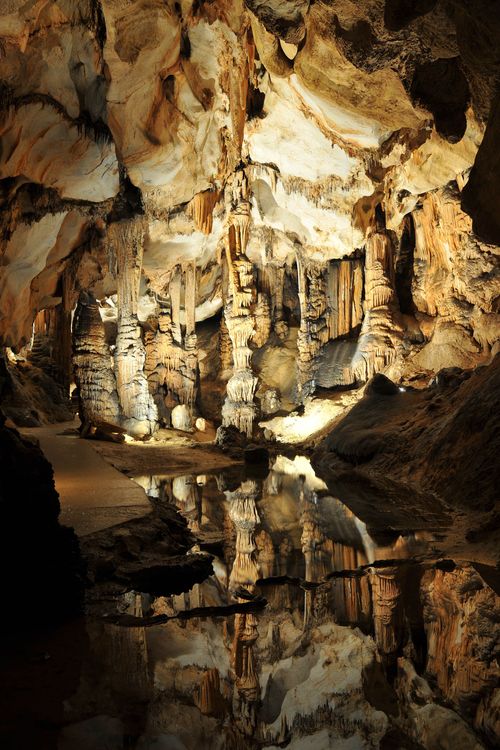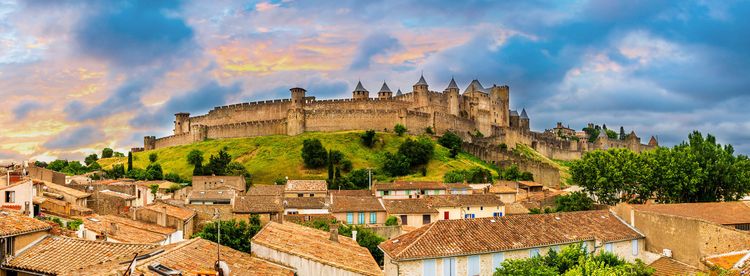Descending into the Limousis cave means reliving the sensations ofcavemen. First of all, expect a change in temperature, especially if you come in summer. The temperature here is a constant 14° all year round. So pack a little wool and warm clothes for the children. Be aware that thearea is damp, with puddles on the ground, and you'll need non-slip shoes.
The highlight of the show is an enormous limestone concretion hanging from the ceiling of the last room like a chandelier, hence its name. It is the largest aragonite chandelier in the world. To obtain this reward, you must first complete the entire route and cross the first six rooms.












